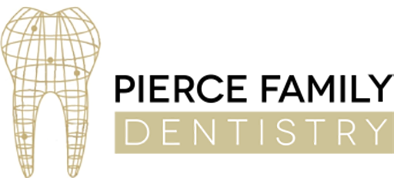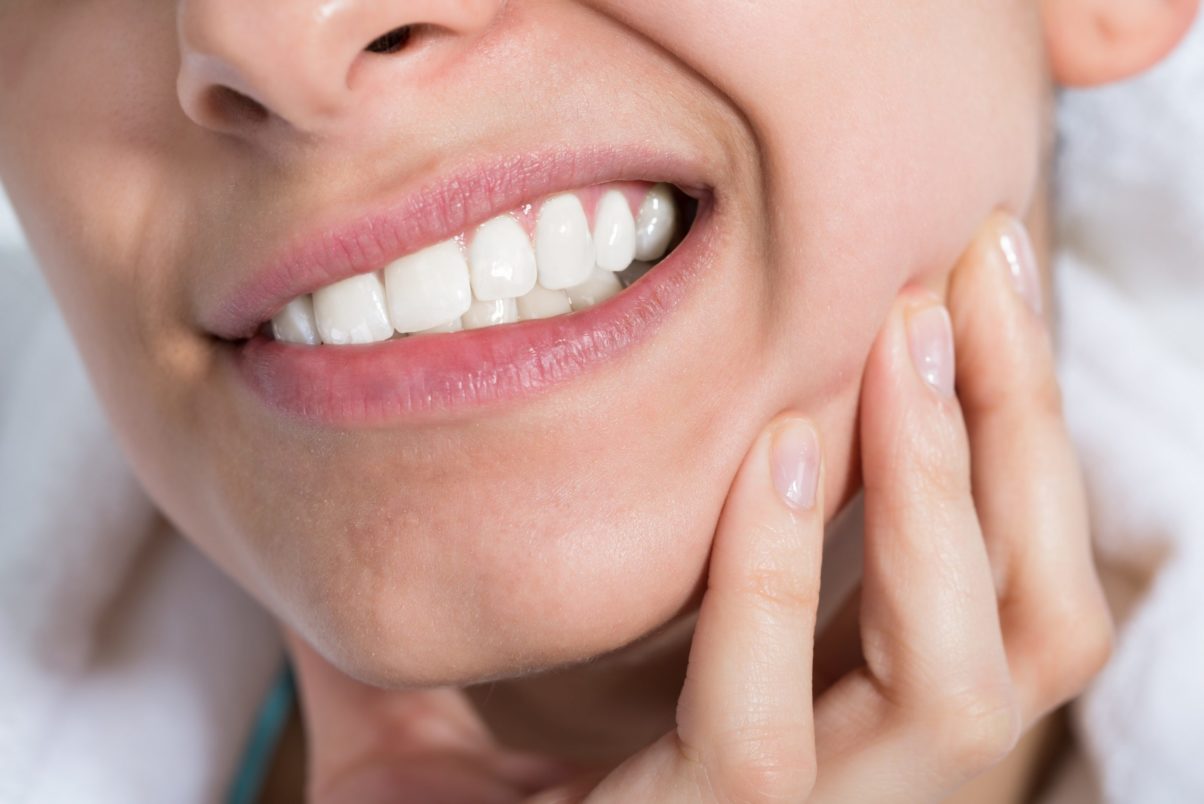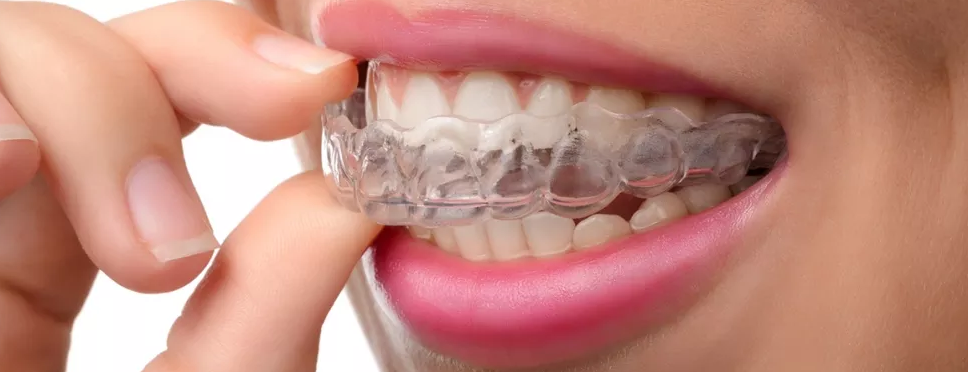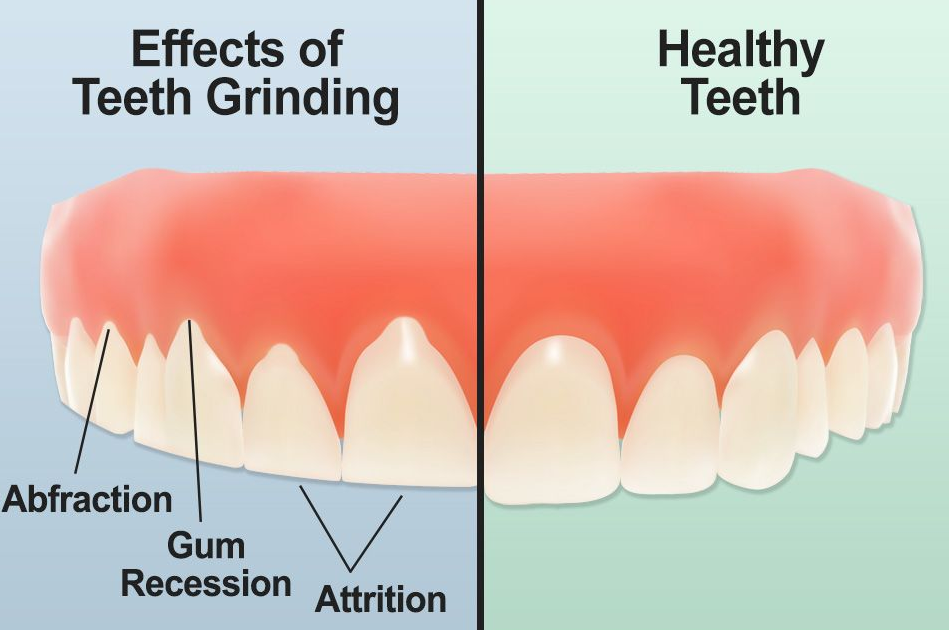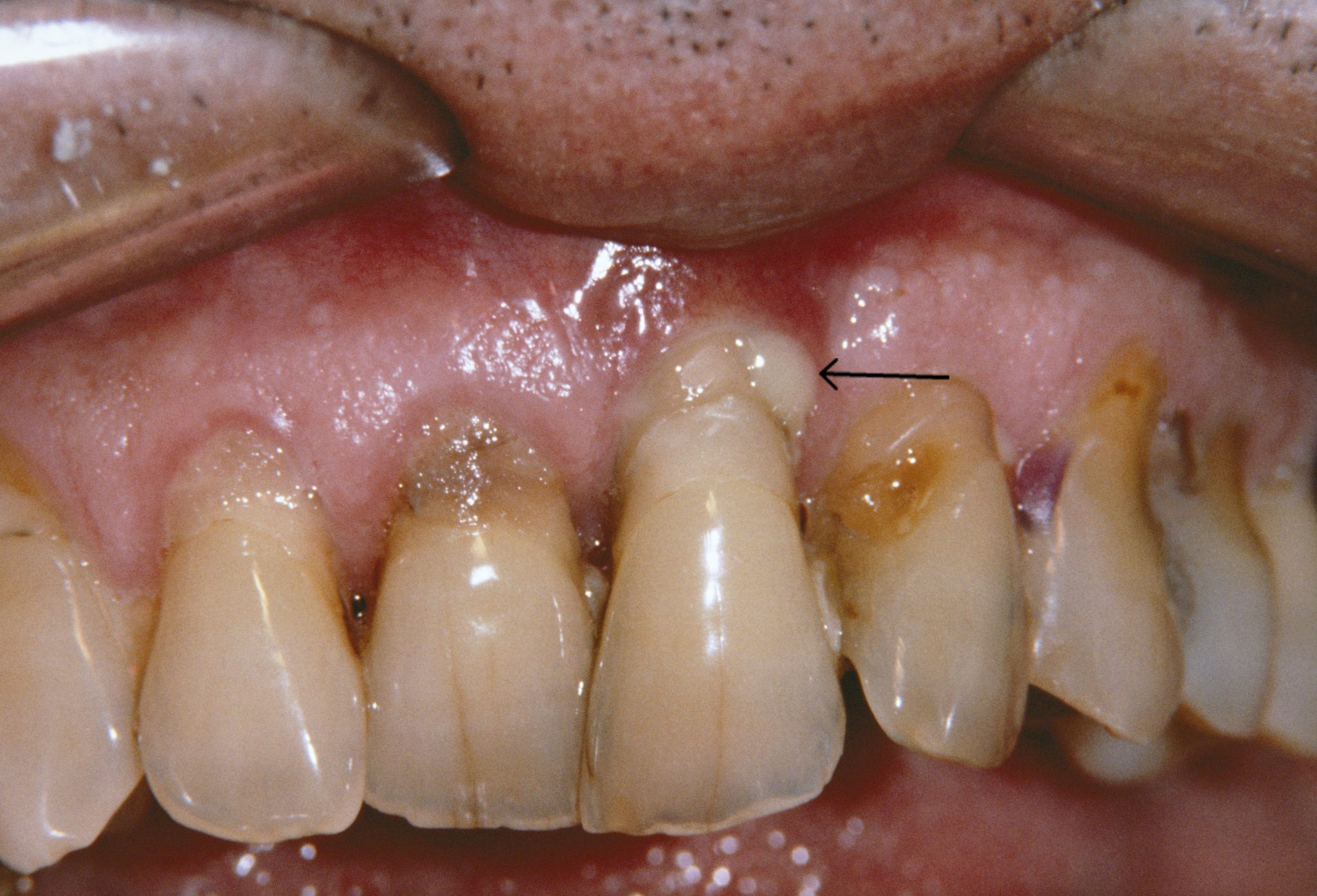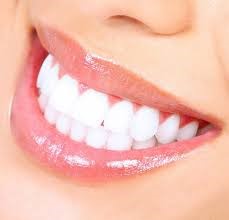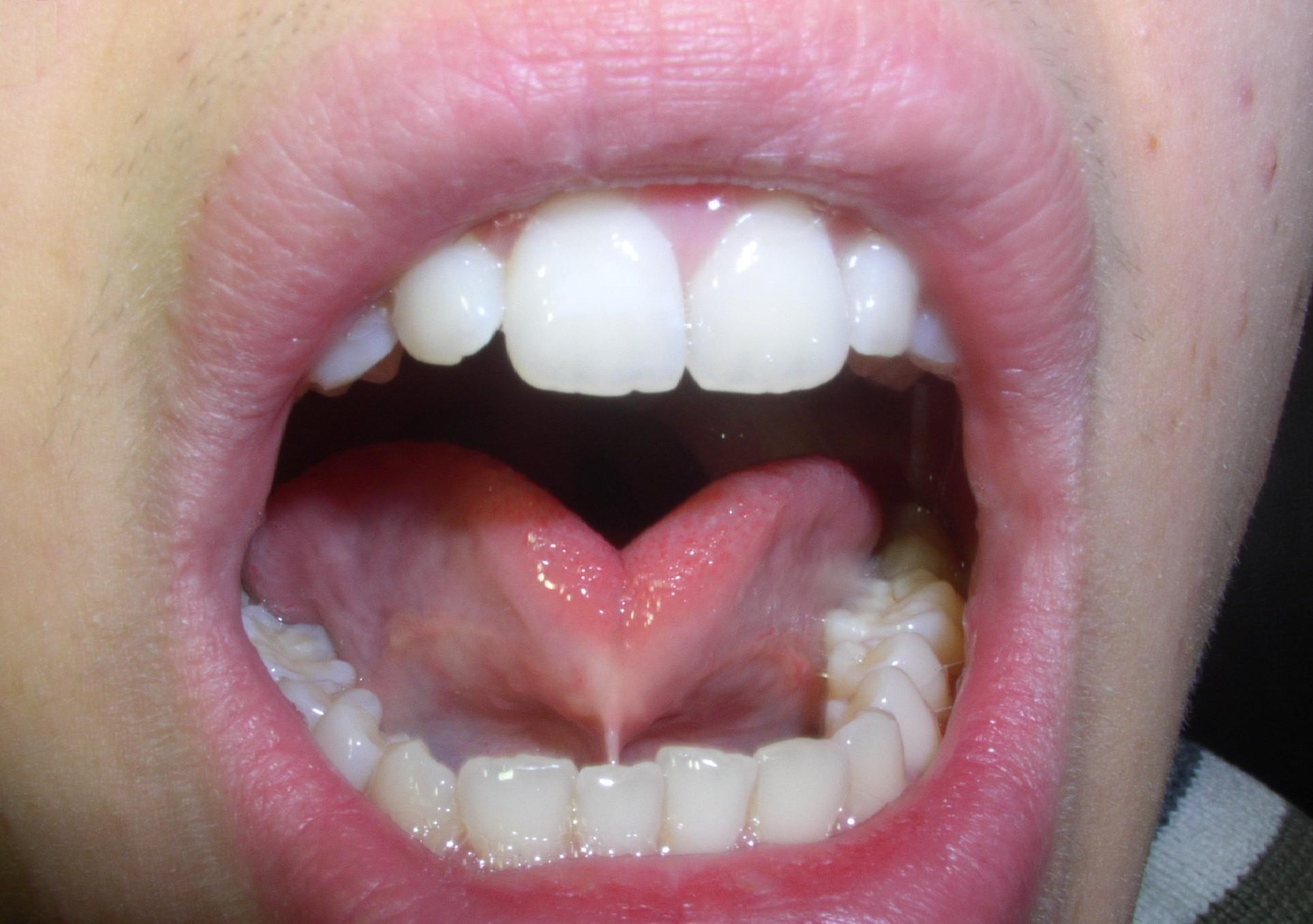From a very young age we are taught healthy oral habits. If you are not sure what to tell your children about oral hygiene, strap yourself up as we are going to explain all you need to know in this two-part blog series.
Importance of dental care in children and young people
Children up to about 6 years have a temporary dentition, despite this from an early age they must be motivated to take care of their teeth. This includes brushing (under adult supervision) and periodically visiting the dentist. It is recommended that the visit to the dentist start from the age of four. The habit of brushing should always be maintained. Flossing and mouthwash should be included as they grow. This helps in preventing decay at the stage of the appearance of the final teeth, between 6 and 12 years. In this period, you have to be very careful because the denture is fragile and presents a higher risk of tooth decay. Likewise, the routines and controls for the detection of any condition are established. Meanwhile, those who are between 12 and 16 years old already have definitive teeth, should have a routine of brushing 3 times a day. It is necessary to avoid excessive intake of refined sugars and sugary drinks to maintain good dental health in adolescents.
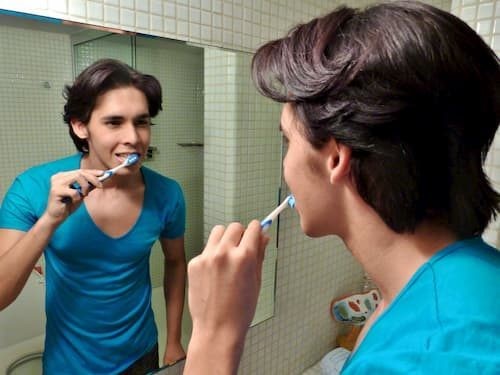
Most frequent dental pathologies in adolescents
Adolescence is synonymous with great physical and psychological changes. Maintaining good oral health causes facial bones to develop properly. It will also prevent problems in the digestive and respiratory system, because the mouth is the gateway to these systems. In this period, young people can abuse sweets and pay little attention to oral hygiene. Some experiment with alcohol and drugs. All this can lead to alterations in the positioning and alignment of the teeth, as well as damage to the enamel.
The main dental problems in adolescents include:
- Appearance of cavities.
- Conditions such as gingivitis and periodontitis arise from the action of bacteria. That is why it is vital to take care of what they eat and reinforce hygiene when brushing, flossing and mouthwashes. Especially since they are in full hormonal changes.
- During the eruption the teeth apart from being more vulnerable to decay, the gums are sensitive making brushing more difficult.
- Crooked teeth force to look for solutions from specialists in orthodontics to correct the malocclusion. The placement of braces makes hygiene difficult. This leads to paying close attention to care during the use of these devices on the teeth.
- Oral piercings cause injury, fill the mouth with plaque and can cause gum damage. They can also splinter your teeth. If it is a deep lesion, it will require duct treatment or removal of the tooth. Another consequence is the appearance of infections. They are caused by perforation of the tongue, which becomes inflamed and can obstruct breathing.
- Tobacco usually appears in the adolescent’s life due to the age-old rebellion. This increases the risk of cavities, decreases the flow of saliva, causes bad breath, among other negative effects.
With this being said, we will continue with how these pathologies can be fought and prevented in our next blog. Stay tuned!
